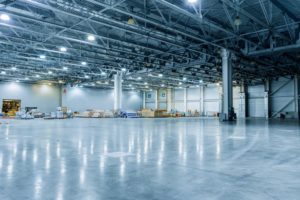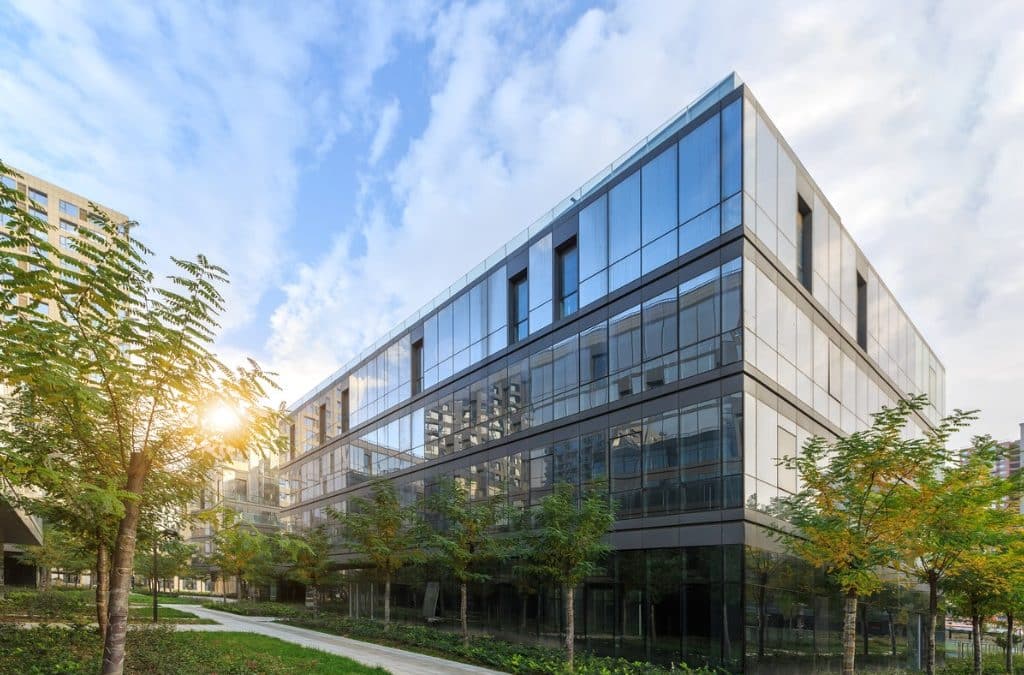Contrary to how it may sound, commercial building depreciation is actually one of the most valuable tax deductions available to real estate investors.
Continue reading to learn more about how commercial real estate depreciation works and how you can take advantage of it for your own commercial properties.
What is commercial real estate depreciation?
The Internal Revenue Service (IRS) allows commercial real estate investors and property owners to reduce the value of their real estate in equal installments over the course of 39 years.
The question is “why?” Well, this annual depreciation lowers the taxable income of the property owner come tax day. This depreciation deduction is a significant reason why people invest in real estate.
Many of these investors consider the depreciation to be just as valuable as the property’s actual cash flow and the possibility that the property’s market value will increase.
It is important to note that this depreciation deduction can only be applied to the building itself, as well as any improvements made to the building and the property. The actual land itself does not depreciate over time.
Examples of commercial buildings that can be depreciated
The following examples of commercial buildings can all benefit from accelerated depreciation.
- car dealerships
- casinos
- entertainment venues
- hospitality centers
- hospitals
- hotels
- industrial plants
- manufacturing plants
- motels
- office buildings
- restaurants
- retail outlets
- self-storage facilities
- shopping centers
- supermarkets
- warehouses
It should be noted that apartments and rental homes are considered residential properties. This means that they qualify for a shorter depreciation lifespan than the aforementioned commercial buildings.
Residential properties have a recovery period of 27.5 years, whereas commercial properties have a recovery period of 39 years. This is important, so don’t forget it!
How commercial real estate depreciation works
The depreciation each year over the course of the 39 year recovery period nets commercial real estate investors significant tax savings. It can be difficult for someone who is inexperienced in this facet of real estate investments to wrap their head around it.

We’re going to try our best to walk you through what is called the straight-line depreciation method.
Let’s say you own a property that is valued at $2,500,000. The land itself is valued at $500,000, but remember that land does not depreciate, so we have to subtract the value of the land from the overall value of the property. This leaves the value of the building itself at $2,000,000.
This $2,000,000 is called your cost basis (we’ll get into this more later).
The recovery period for commercial properties is 39 years, so we have to divide 2,000,000 by 39 to determine the annual depreciation of the building. When we do this, we get the number 51,282. So, the building’s value depreciates by $51,282 each year.
Let’s say your building’s income (after all expenses have been subtracted) is $500,000. Factoring in the annual depreciation ($500,000 minus $51,282), your taxable income has now been lowered to $448,718, a significant tax saving.
That’s great, right? Absolutely, but it gets even better.
Thanks to the depreciation of the commercial property, not only has your taxable income been lowered to $448,718, but the tax bracket has been reduced from 32% to 24% as well.
So, come tax day, instead of you having to owe the IRS $143,589 (32% of $448,718), you now only owe them $107,692 (24% of $448,718). In a nutshell, thanks to the modified accelerated cost recovery system (MACRS), you will be saving a lot of money!
What is a cost basis?
In the previous section, we established that your cost basis was $2,000,000 (the same $2,000,000 that depreciates over 39 years).
However, your cost basis is actually more than what you originally paid for the property. This is because additional costs are added on top of that initial price. The sum of these total costs is your cost basis.
So what additional costs are added on top of the purchase price? They can be a number of things.
For one, any extra costs associated with the purchase of the property (legal fees, recording fees, etc.) are added to the cost basis. Additionally, any significant improvements that you make to the property are added as well.
This can include things like another building being constructed on the property, a swimming pool being added, or a kitchen being remodeled.
So, let’s break down your $2,000,000 cost basis. You originally paid $2,465,000 for your property. We subtract $500,000 because that was the cost of the land. This leaves us with $1,965,000.
So how do we get to $2,000,000?
Well, you also paid $5,000 in fees when you purchased the property. Then, later on, you paid $20,000 to have a new section added to your building and $10,000 to have the bathrooms remodeled.
If we add all these costs together ($1,965,000 + $5,000 + $20,000 + $10,000), the sum, $2,000,000, is your cost basis. This is the number that is used to calculate your annual depreciation deduction.
What is a cost segregation study?

Let’s break down the depreciation periods for certain the different types of property (or assets).
To reiterate, commercial buildings and structures depreciate over a 39-year period. Land does not depreciate at all. Land improvements, such as sidewalks and landscaping, depreciate over a 15-year period. Personal property, such as furniture, depreciates over a 5 to 7-year period.
In a cost segregation study, assets that are classified as one type of property are reclassified as another type of property. This is done in an effort to shorten the depreciation period of a particular asset. Thus, resulting in a higher deduction come tax day.
A thorough cost segregation study that is able to hold up to IRS scrutiny can save you a lot of money on your tax bill. All of the aforementioned types of commercial establishments can benefit significantly from an effective cost segregation study.
What happens if you sell your commercial property?
The depreciation of a commercial building can be extremely advantageous to you. However, 39 years is a long time.
If you decide to sell your commercial property before the 39 years have elapsed, the difference between the cost basis and the sale price will have to be reported as income in the year that the sale is made. This is referred to as depreciation recapture.
However, there is a work-around for this called a 1031 tax-deferred exchange. This exchange can only be used if you are selling one commercial real estate investment property and buying another.
If you defer the payment of capital gains tax, you can use this additional cash to purchase a larger property or diversify your portfolio.
You can rely on Design Mechanical for any mechanical services you may need!
At Design Mechanical, Inc. we provide a number of services for commercial building owners, including design and construction, installation of building automation systems, commercial refrigeration installation, among other mechanical and electrical services.
If you need work done on your commercial building, or if you’re looking to improve operations at your place of business, email servicecall@dmi-kc.com or call (913) 281-7200.

